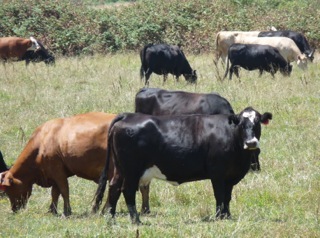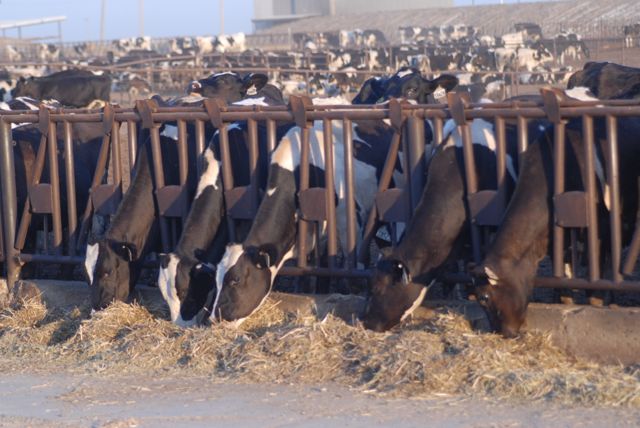National Cattleman’s Foundation Offering Beef Industry Scholarships
Scholarships Available for Students Pursuing Careers in Beef Industry
Application Deadline is December 19, 2014
It was announced TODAY that applications for 2015-16 beef industry scholarships sponsored by the CME Group are now being accepted. Ten scholarships of $1,500 each will be awarded to outstanding students pursuing careers in the beef industry.
Students studying education, communication, production, research or other areas related to the beef industry should consider applying for the scholarship. Applicants must be a graduating high school senior or full-time undergraduate student enrolled at a two or four year college.
The National Cattlemen’s Foundation administers the scholarship program. Applicants for the 2015-16 beef industry scholarships will be required to write a one page letter expressing future career goals related to the beef industry. They also must write a 750 word essay describing an issue in the beef industry and offering solutions to this problem.
Applications should be submitted by December 19, 2014 and sent to National Cattlemen’s Foundation, 9110 E. Nichols Ave., Suite 300, Centennial, CO 80112. The winning recipients will be announced on January 15, 2015.
Click here for the winners of the 2014 National Cattleman’s Foundation beef industry scholarships.
According to their website, CME Group, is the world’s leading and most diverse derivatives marketplace and where the world comes to manage risk. CME Group exchanges offer a wide range of global benchmark products across all major asset classes, including futures and options based on interest rates, equity indexes, foreign exchange, energy, agricultural commodities, metals, weather and real estate.
The National Cattlemen’s Beef Association (NCBA) has represented America’s cattle producers since 1898, preserving the heritage and strength of the industry through education and public policy. As the largest association of cattle producers, NCBA works to create new markets and increase demand for beef.
















